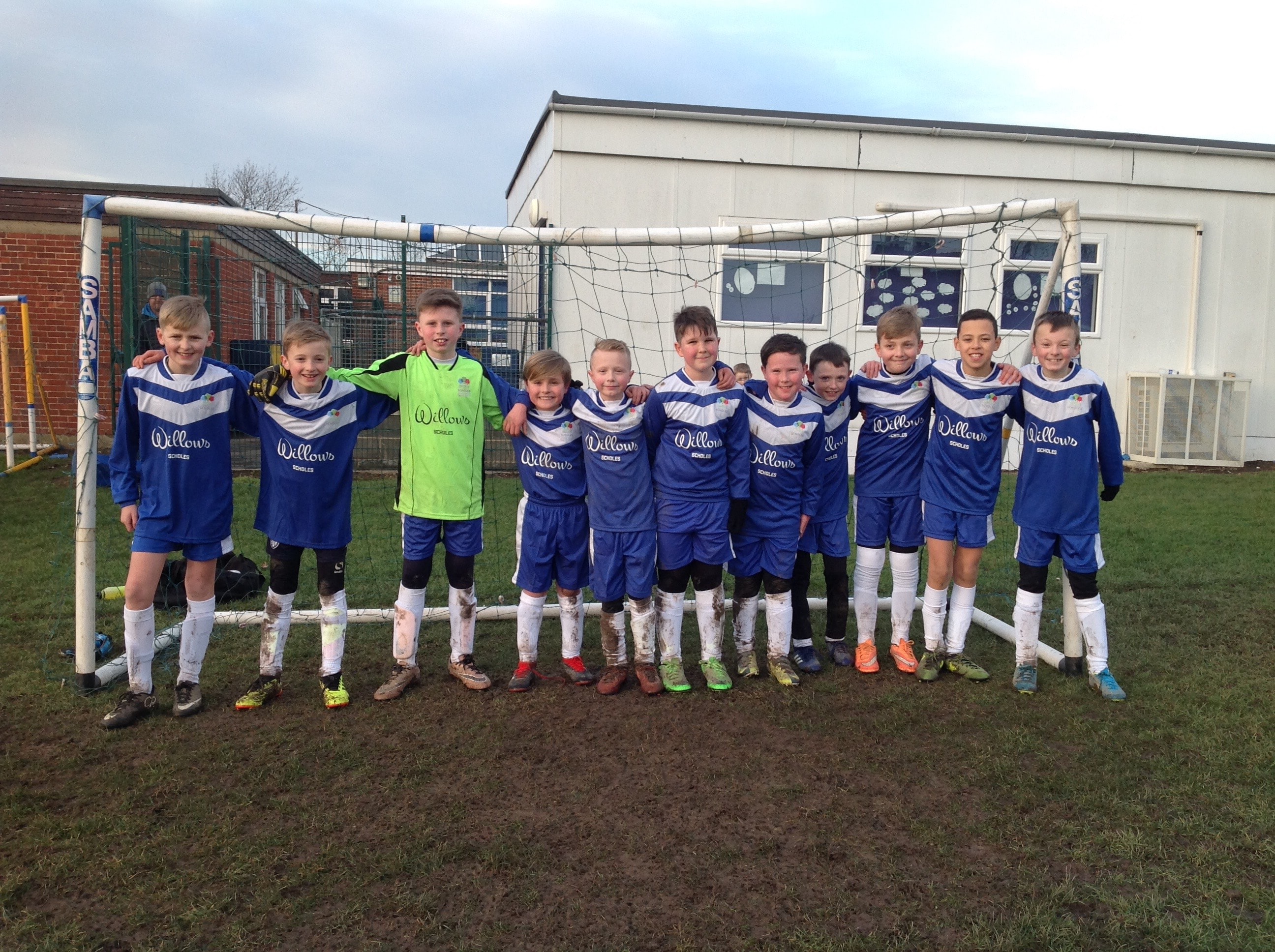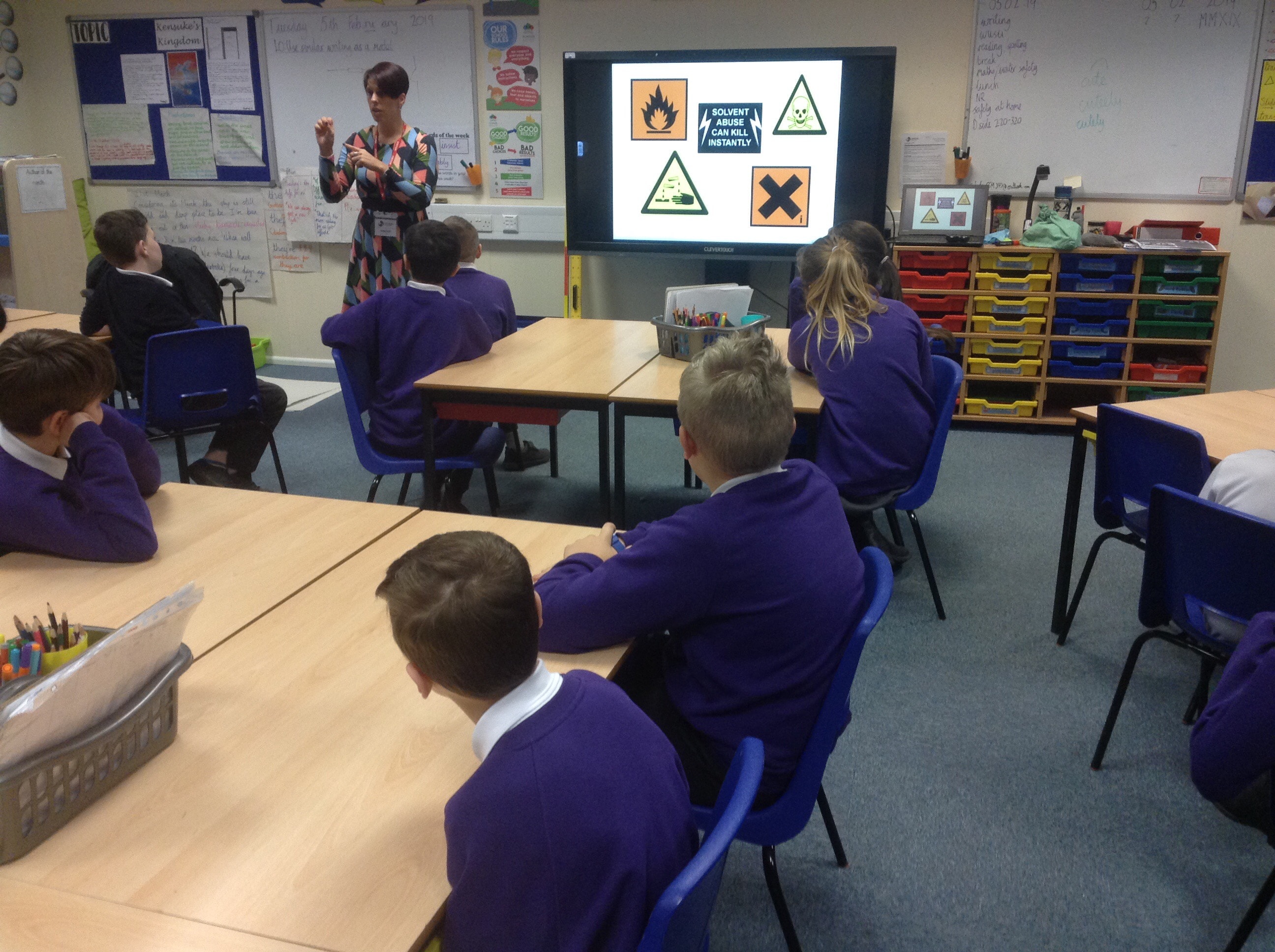Den Day
As part of our class novel topic, year 5/6 have been designing and building their own shelters.
Den building
Year 5 and 6 have had a thrilling morning creating wonderful shelters and dens. They had to work hard in their teams to build strong structures using only piping and canes. They had to ensure their dens were waterproof. The adults thoroughly enjoyed testing this with buckets of icy cold water!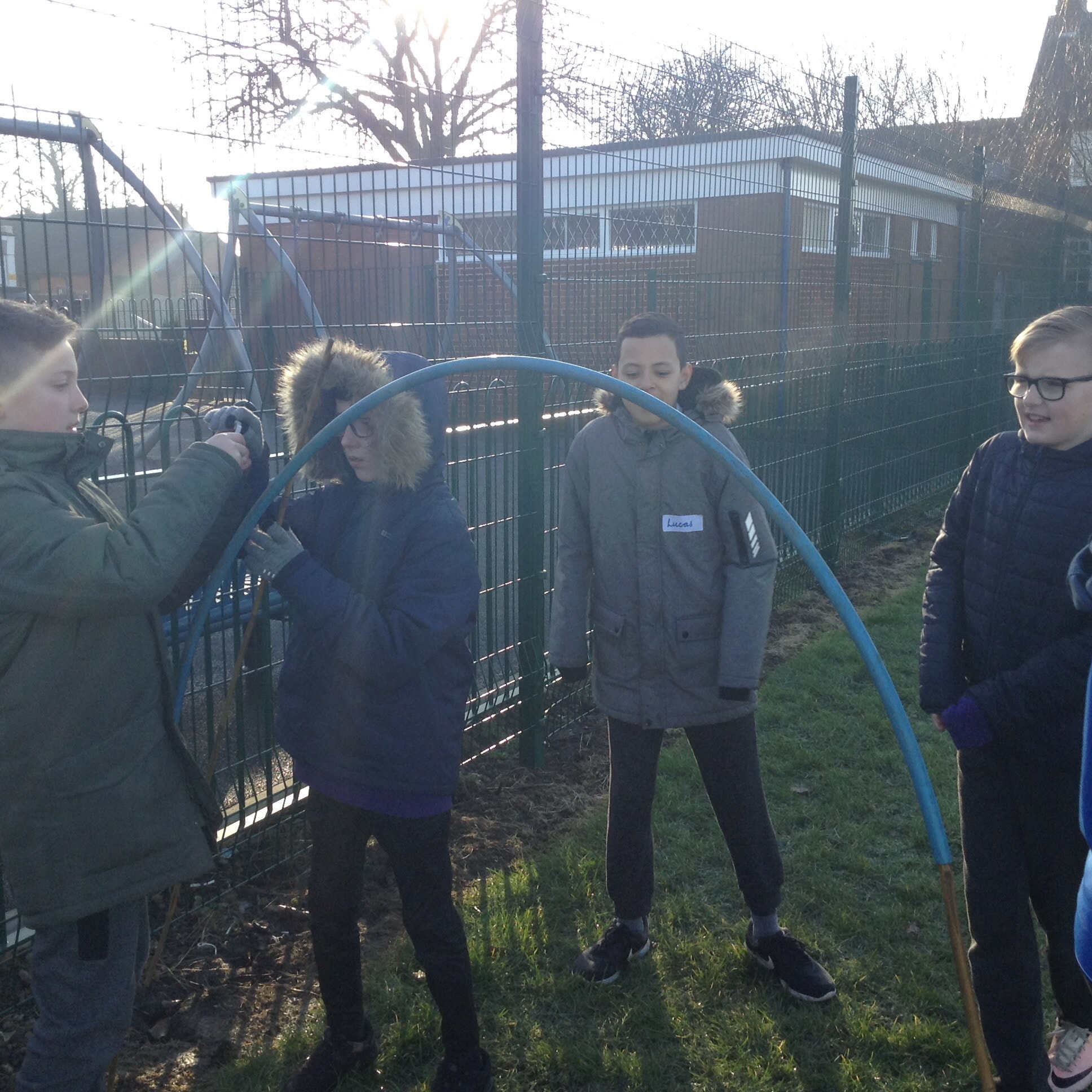
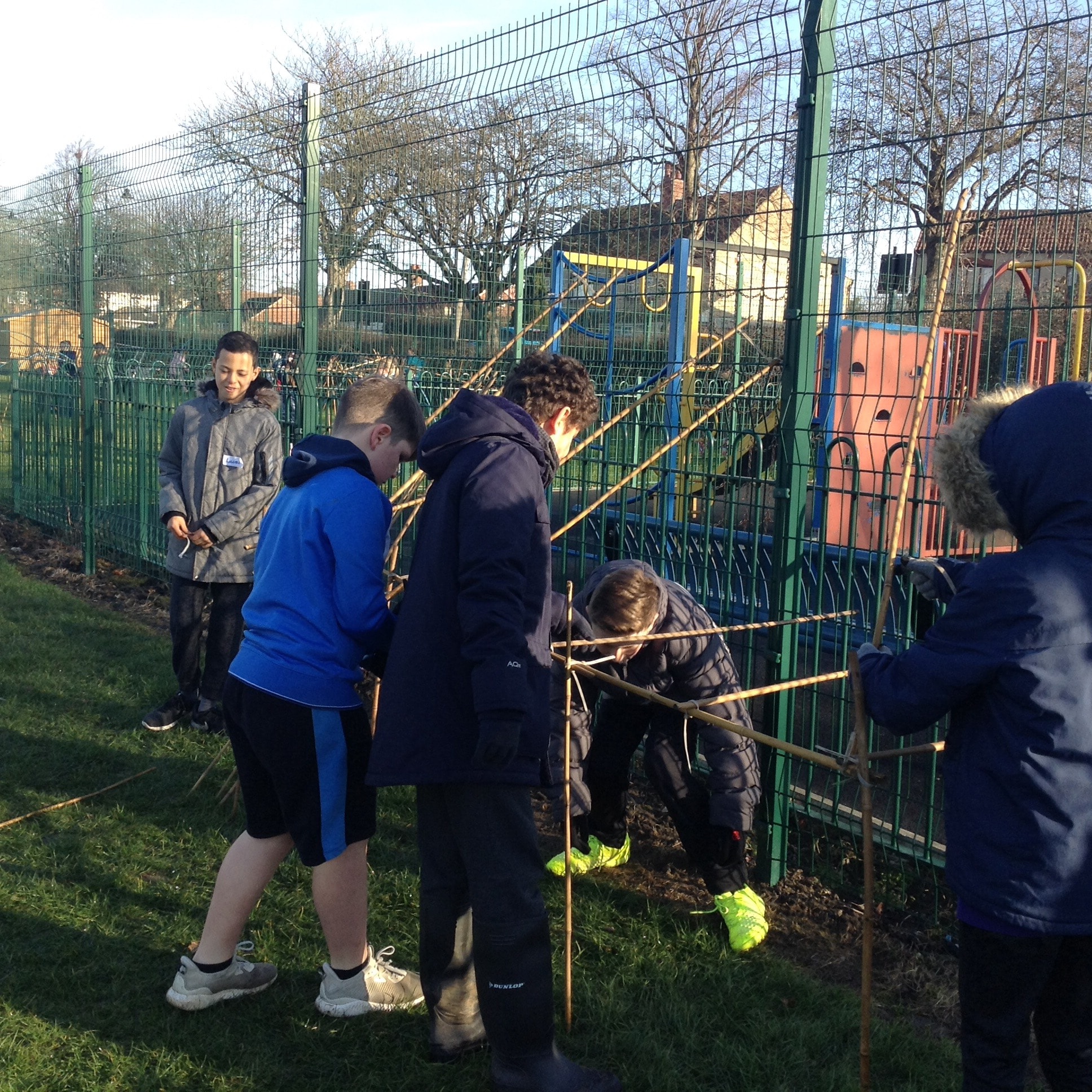
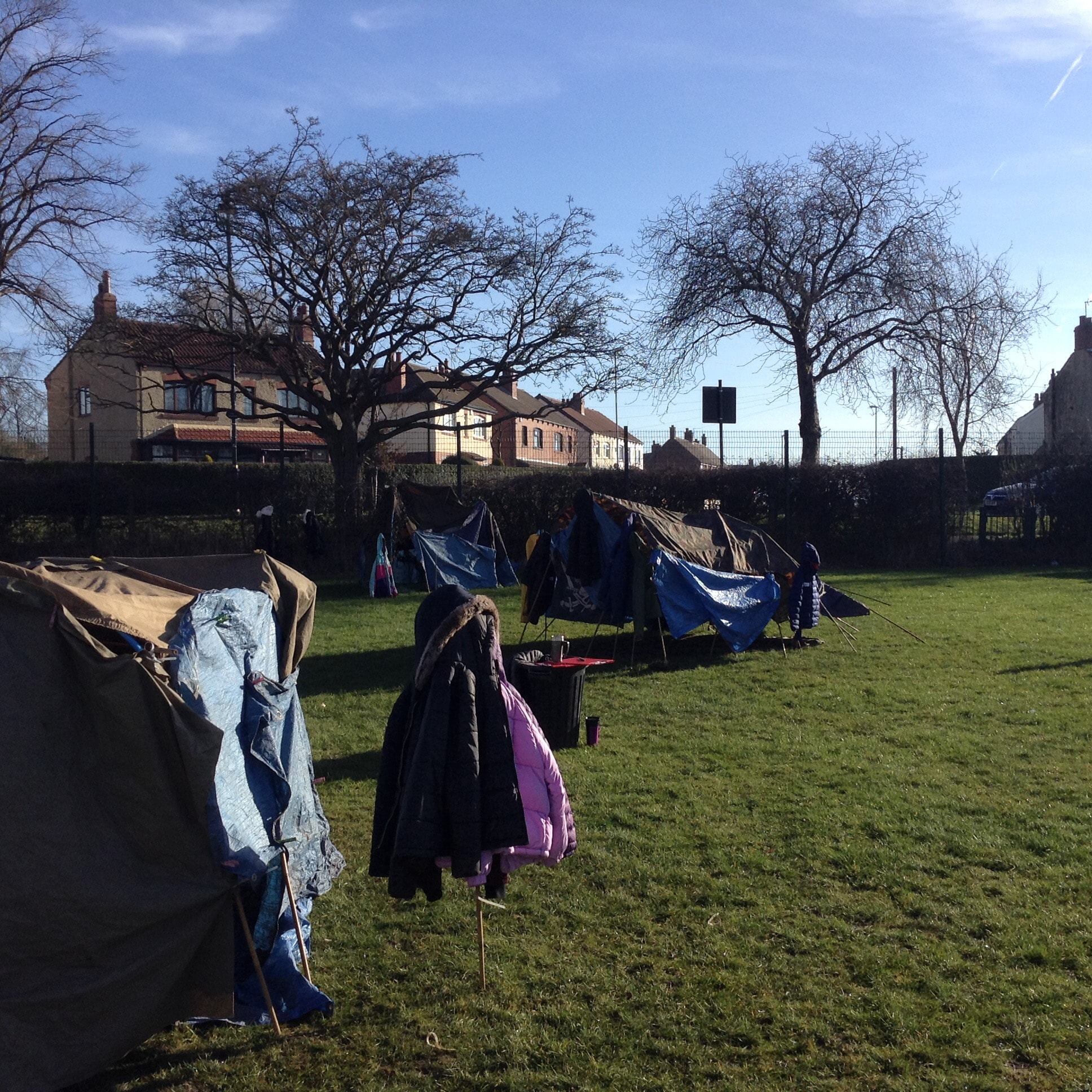
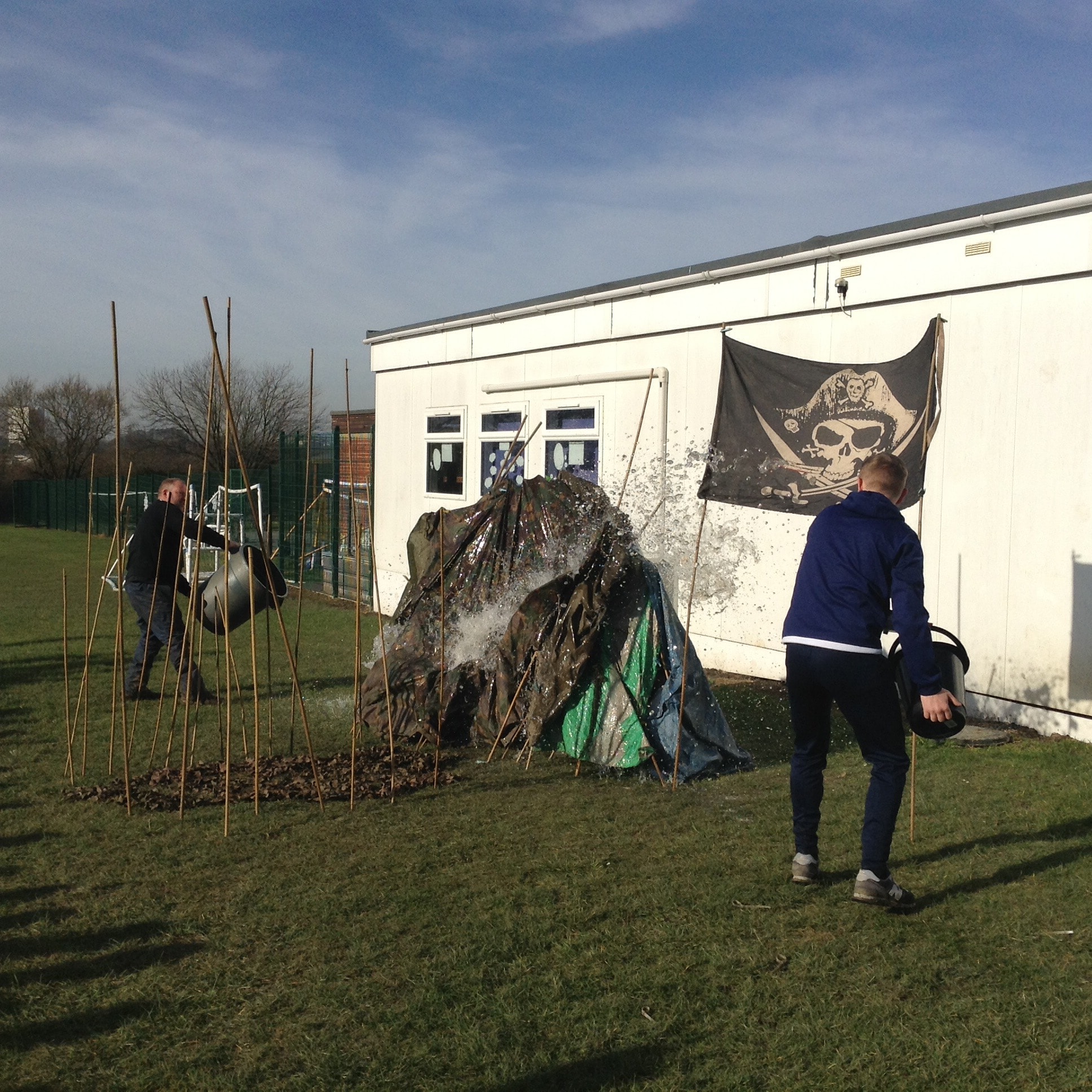
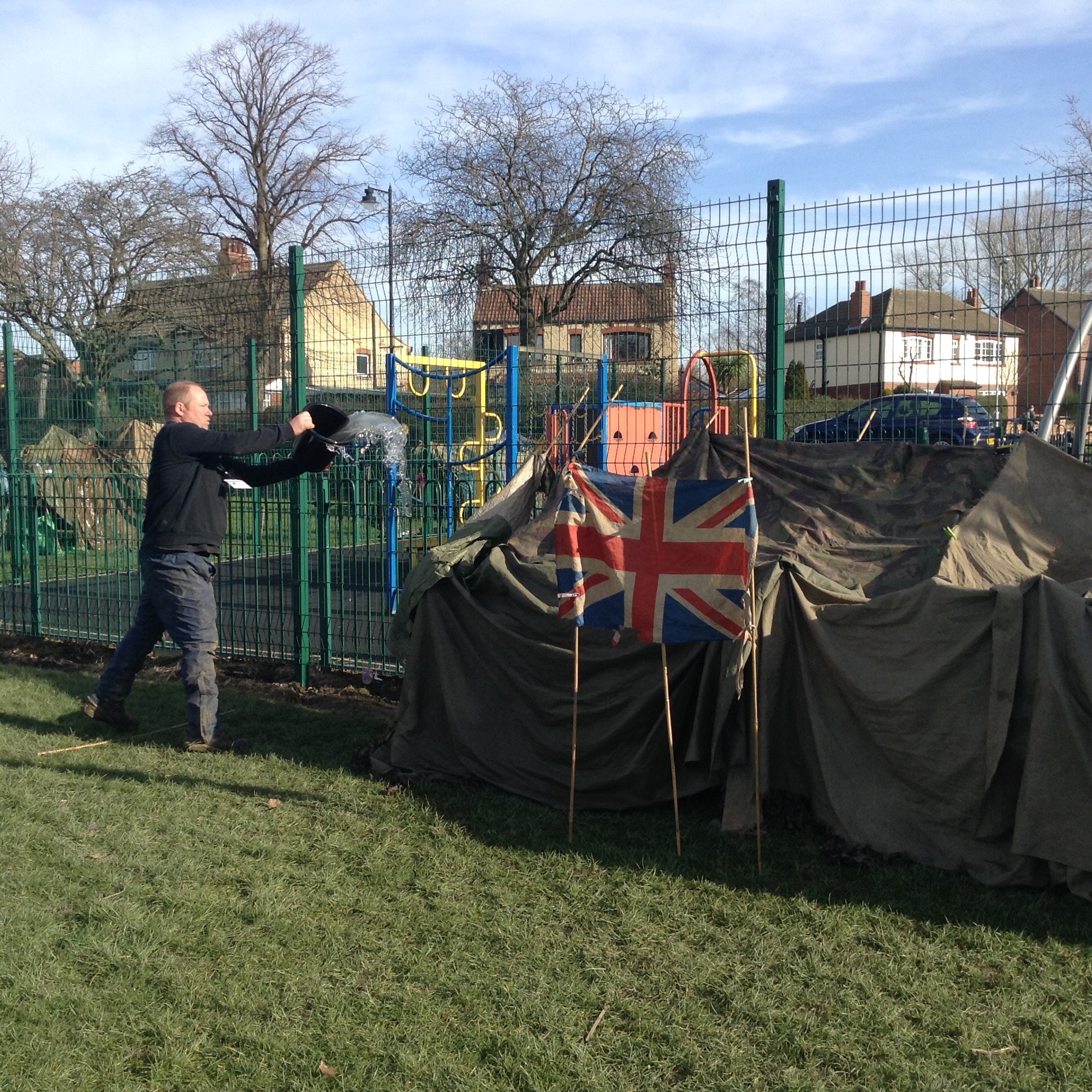
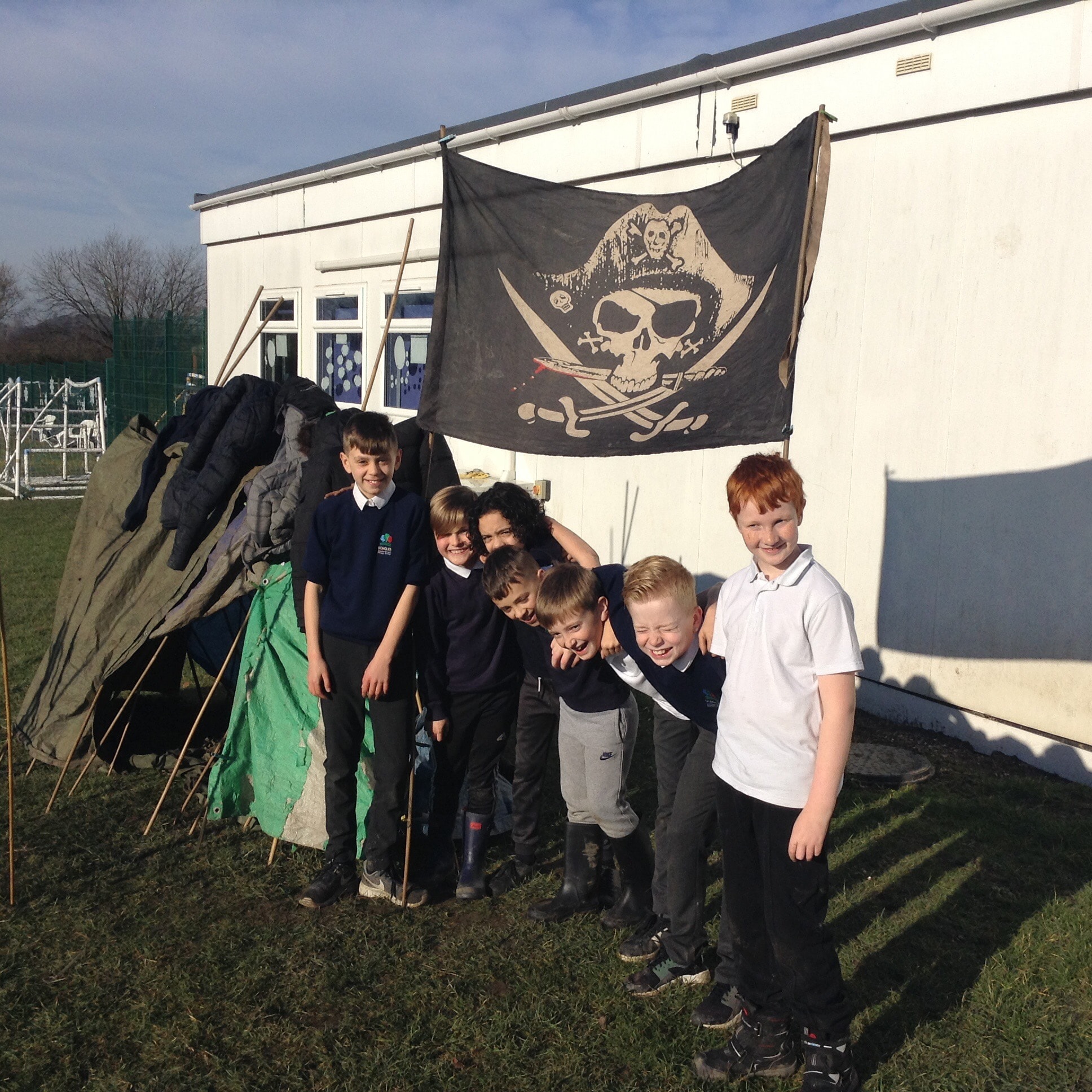
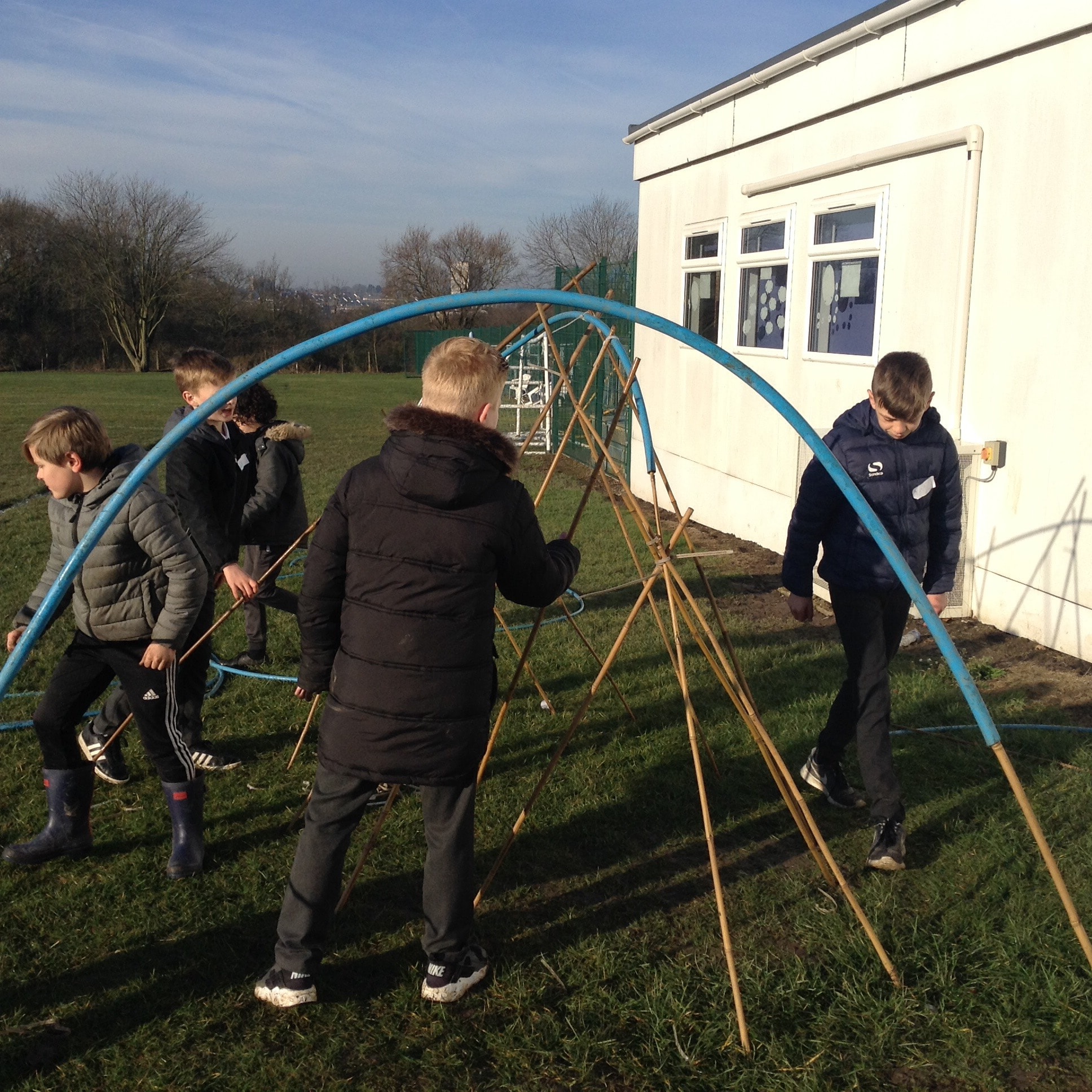

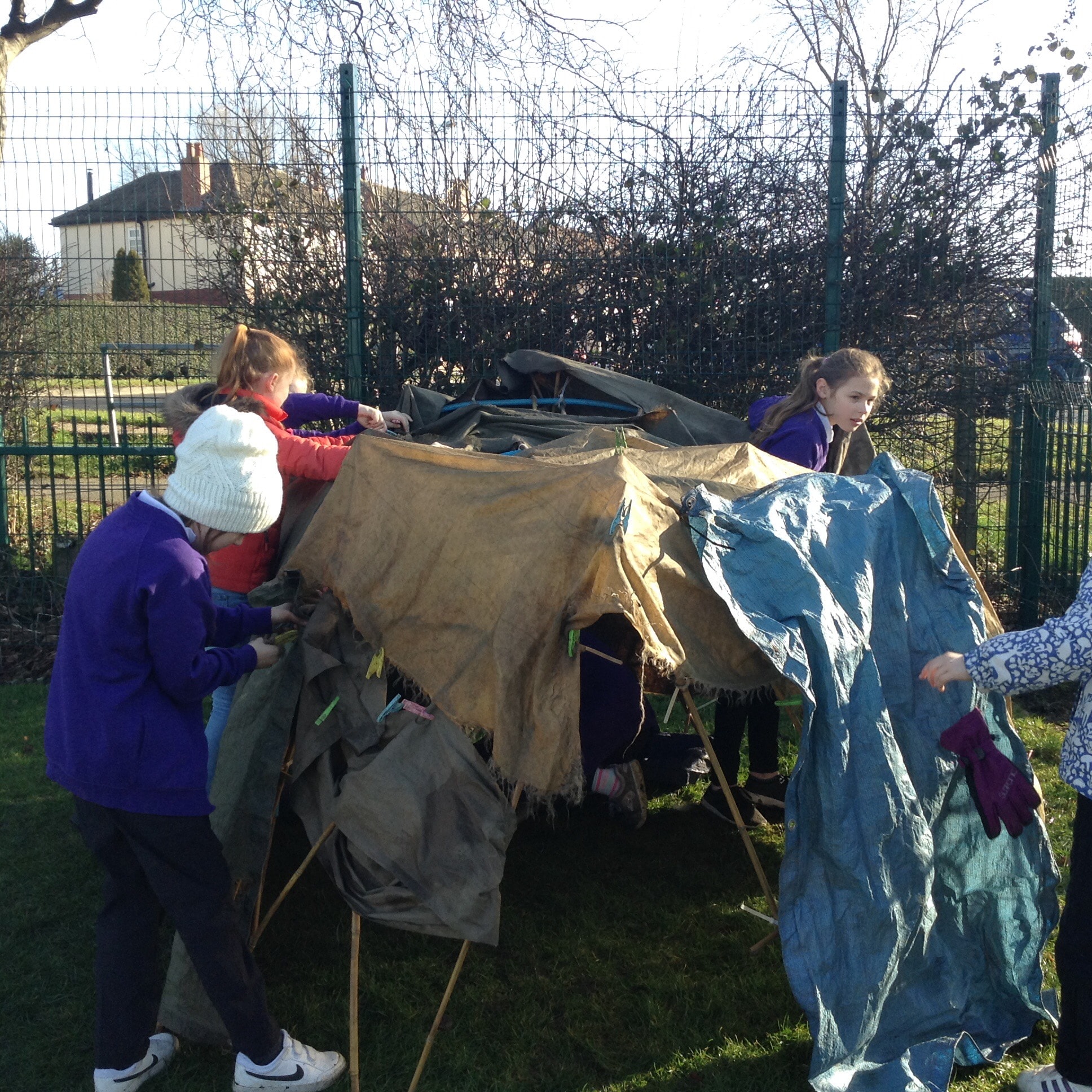
Amazing homework
This week, we had some amazing responses to our Creative homework: I can plan a short story.
We really celebrated each other’s effort and left lots of positive comments in our homework books.
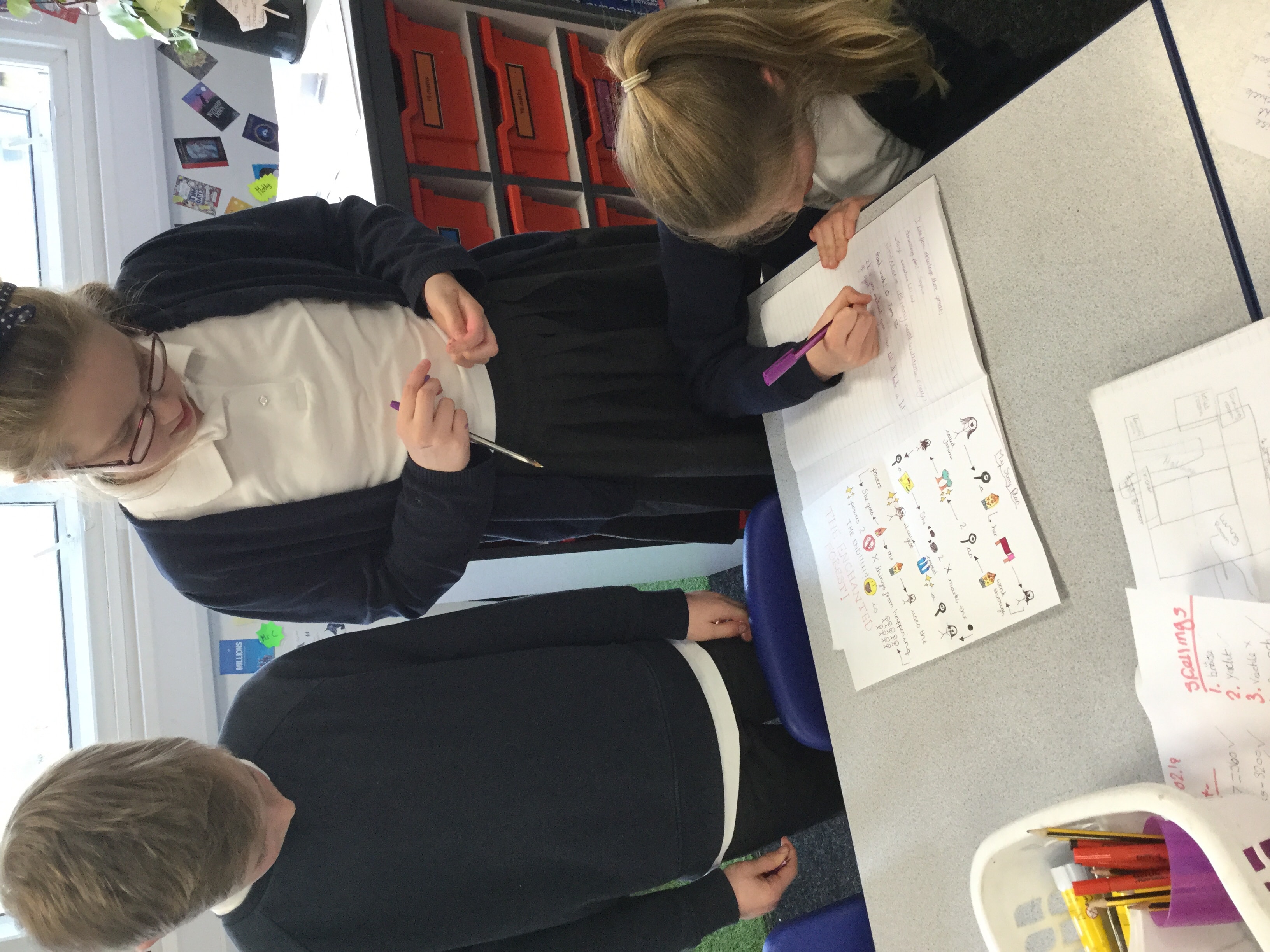
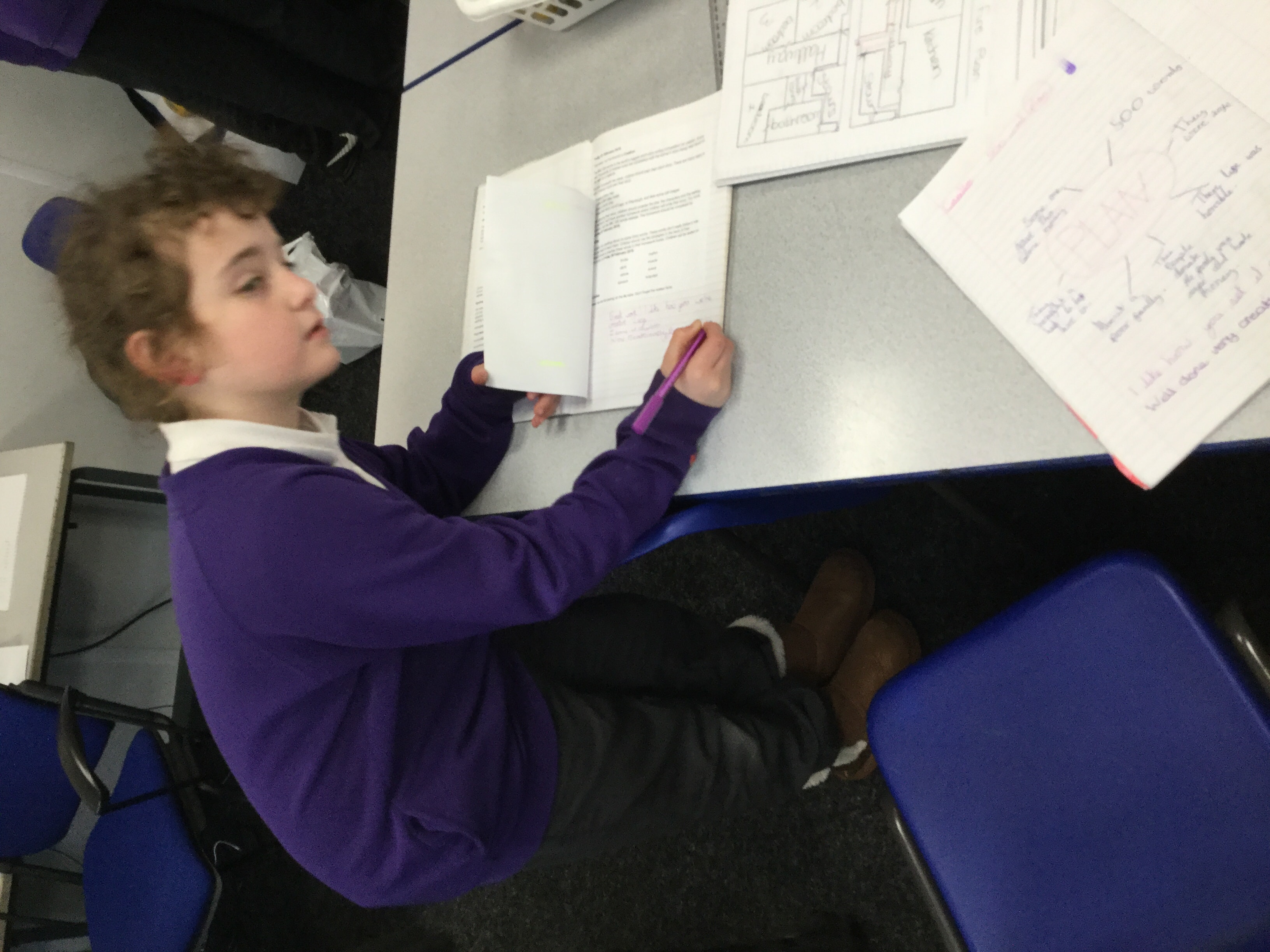



There were too many great pieces to show them all but here’s a few of our favourites…
A brilliant film trailer about Marvin the Meatball
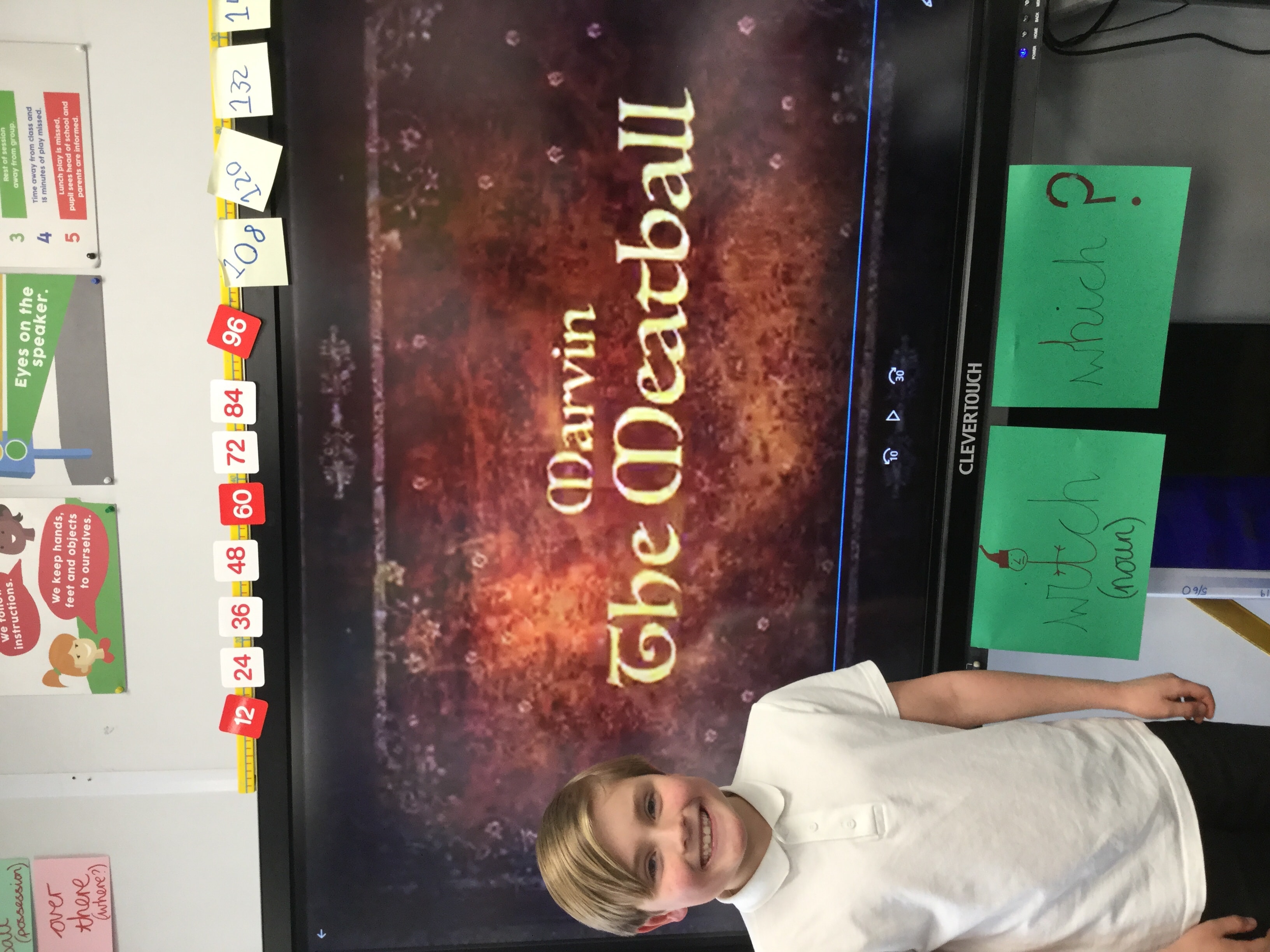
Another awesome iMovie film trailer

A highly creative plant based story plan

A pair of well thought out, well presented story maps

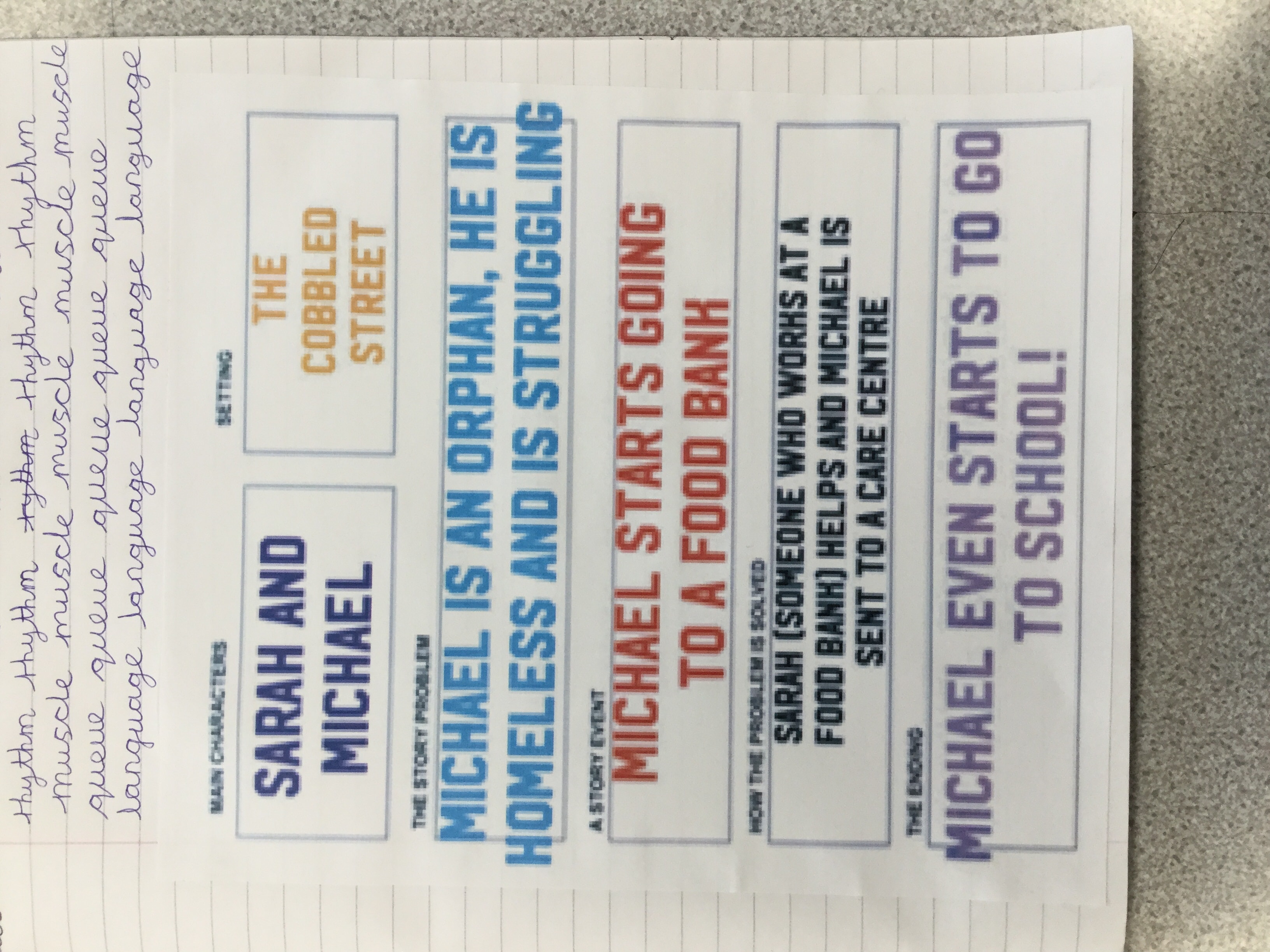
A scenic opening paragraph
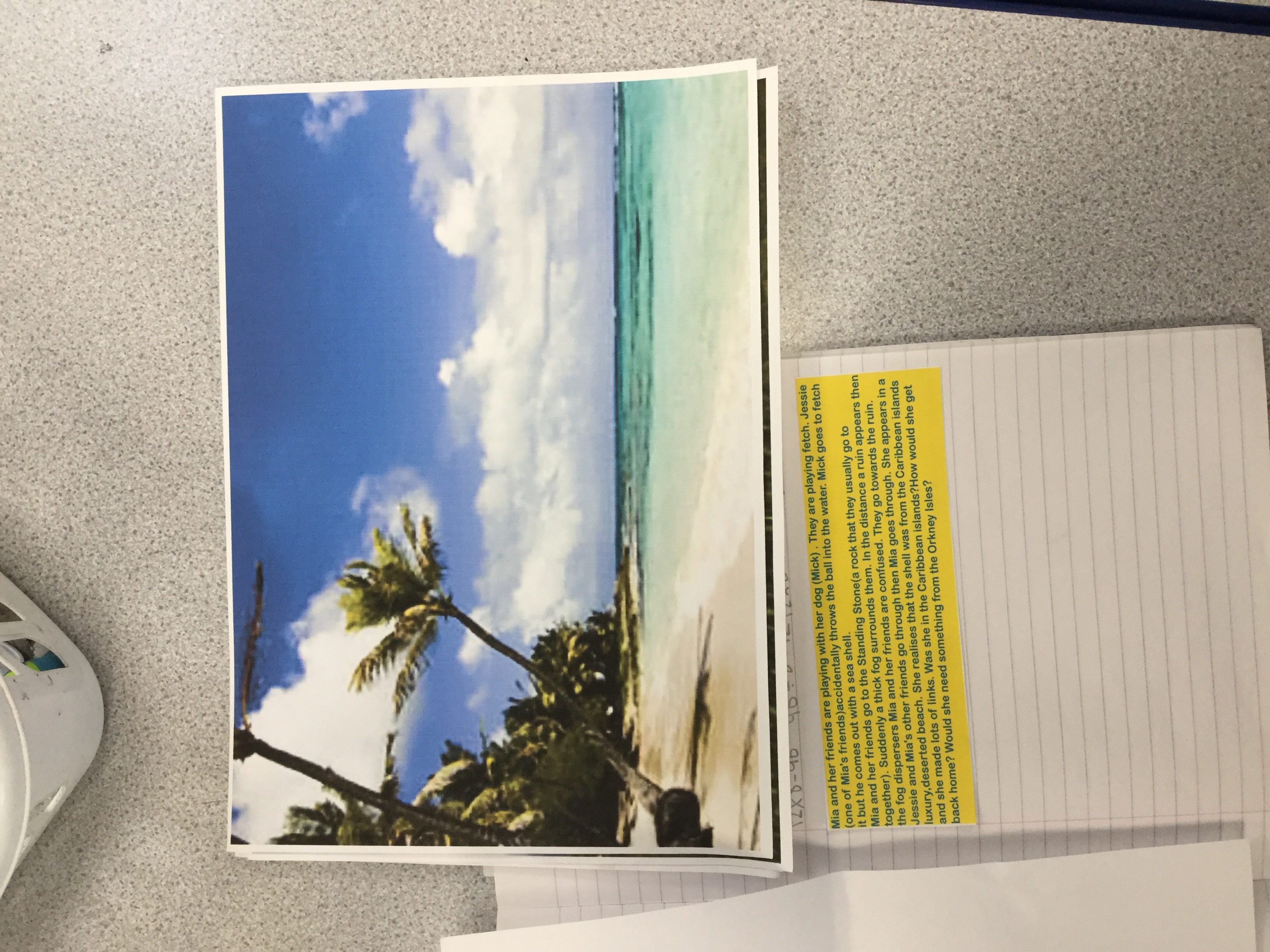
And, a blast from the past

We shared our views on this week’s homework, too:
I enjoyed planning my story. I can’t wait to write it now!
It was fun trying to think of a way to make planning a story more creative.
I like it when people at home help me.
I tried harder than I normally do this week and I feel really proud of myself.
I didn’t really spend much time on my homework this week but now I’ve seen how creative people have been I will definitely try harder next week.
Living and Learning- Electrical safety
Year 5 and 6 have enjoyed a visit from NPower today. They listened to advice about electrical dangers in the home and environment. They were shown some video clips showing the dangers in the environment such as electricity pylons.
Staying safe – online gaming
Today, we enjoyed a creative e-safety workshop called ‘ Game Over’.
After a few warm up games, we were introduced to the plot. An online game where people collect coins and play against others has got much of the world addicted (sound familiar?). People are no longer sleeping well, people cannot focus their minds fully on anything else and the world is beginning to self-destruct.


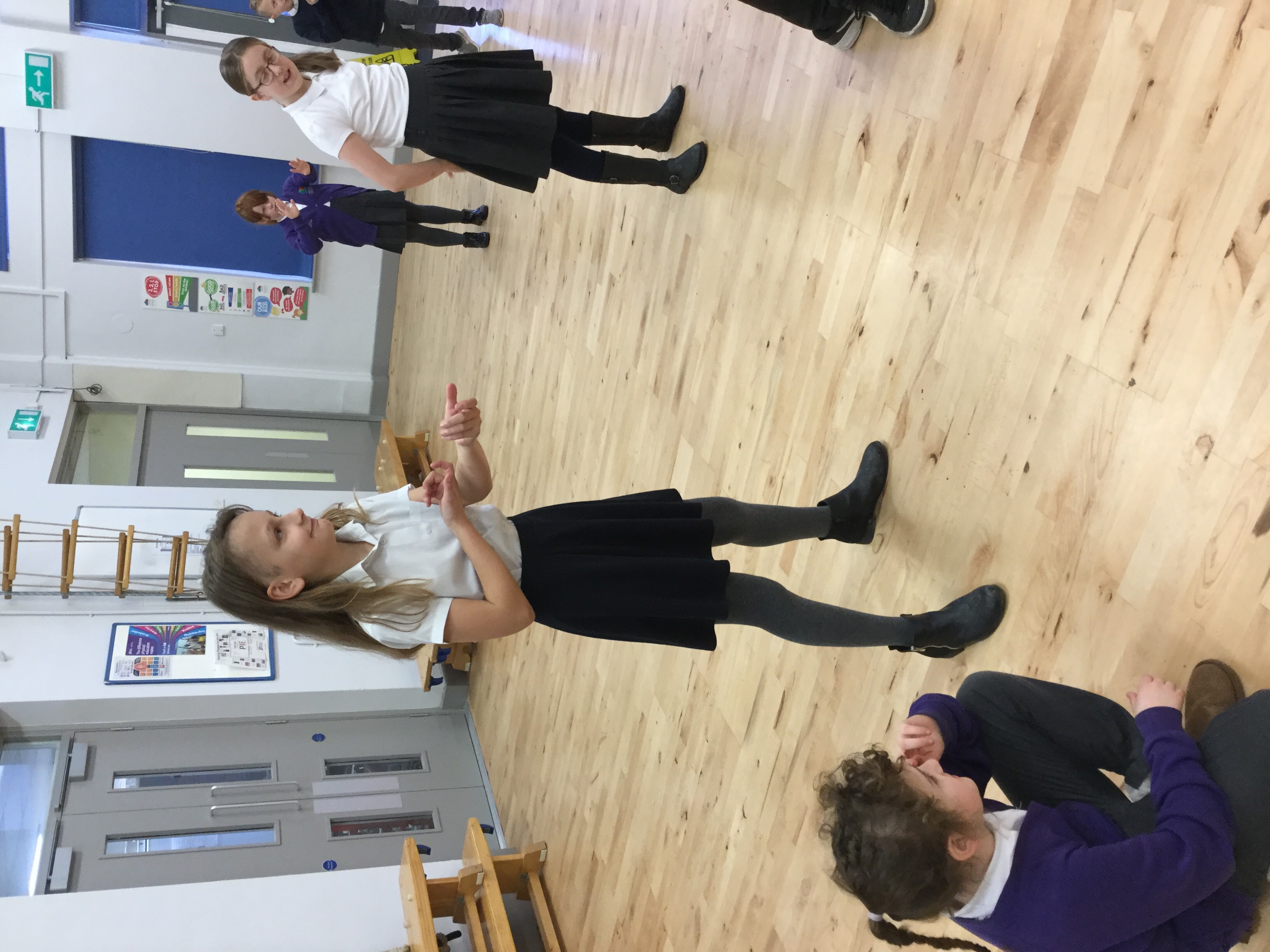

We created our own avatars and joined the virtual world. In order to join, we had to sign up using our names, age, phone number and location. Then people asked us to be friends with them, in return, they offered us a reward: online currencies, game rewards etc. Shockingly, many of us said we would accept the strangers requests.


We learnt about the dangers of accepting friend requests from people we don’t know and what we can do if this happens: report them, block them and tell an adult we trust.
Lots of us admitted to playing games that are rated a 12. Some of us admitted playing games that have an age-rating of 18. We created a short piece to show what might changes might occur to us after we’ve played games like these.
Our short plays showed increases in violence, trouble sleeping and fall outs with family and friends.


Living and learning: D-side workshop
Ruth from D-side worked with year 5/6 today to discuss solvent abuse. Children learned about the different symbols on products. They discussed various scenarios and what to do to avoid substance abuse.
At home, you might like to discuss various products that you buy and why the symbols have been used. How should these products be used safely and what are the risks?
Library
Every Tuesday, we visit our school library during our afternoon session. We enjoy choosing a new book and having a relaxing read.
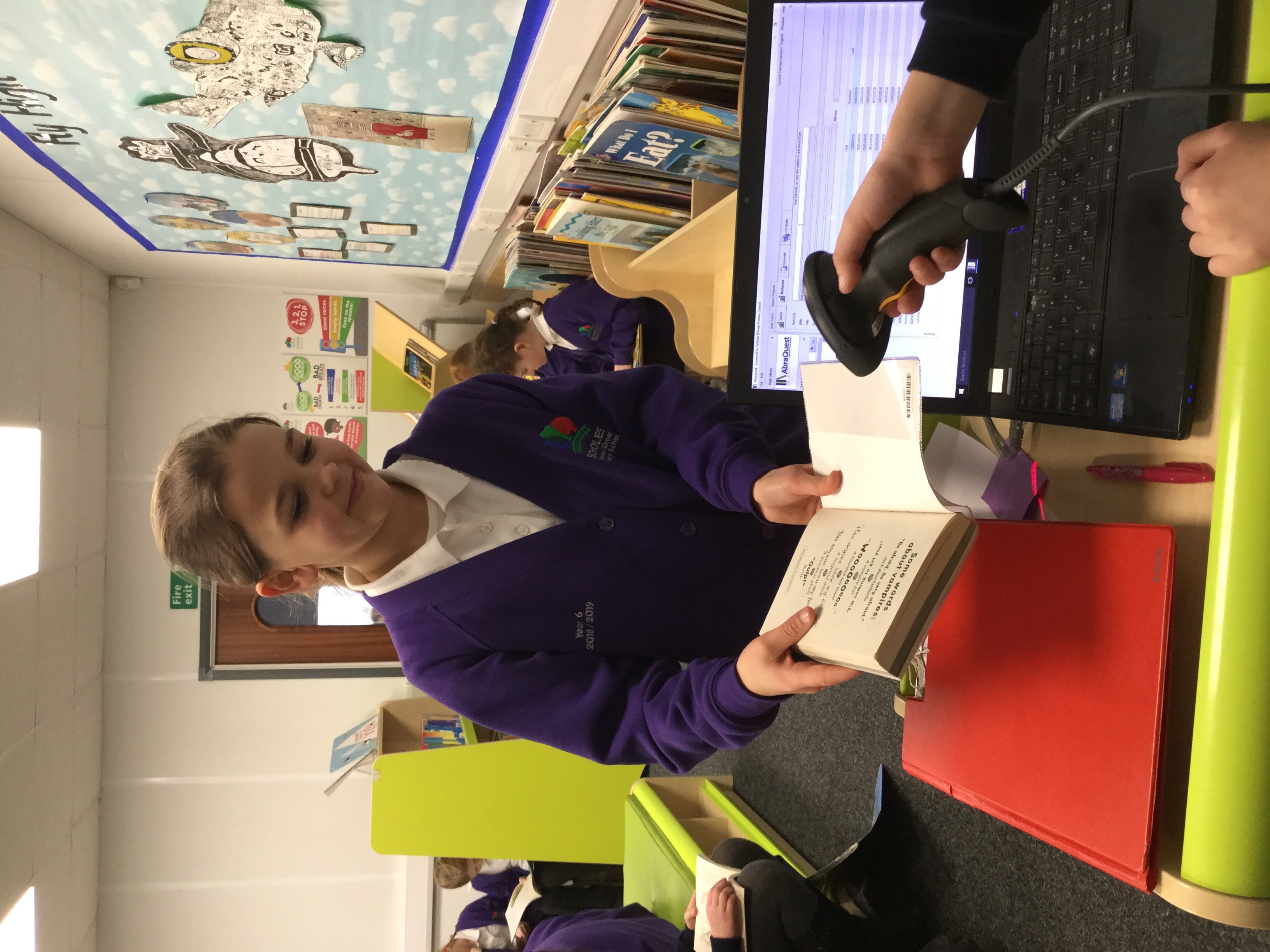
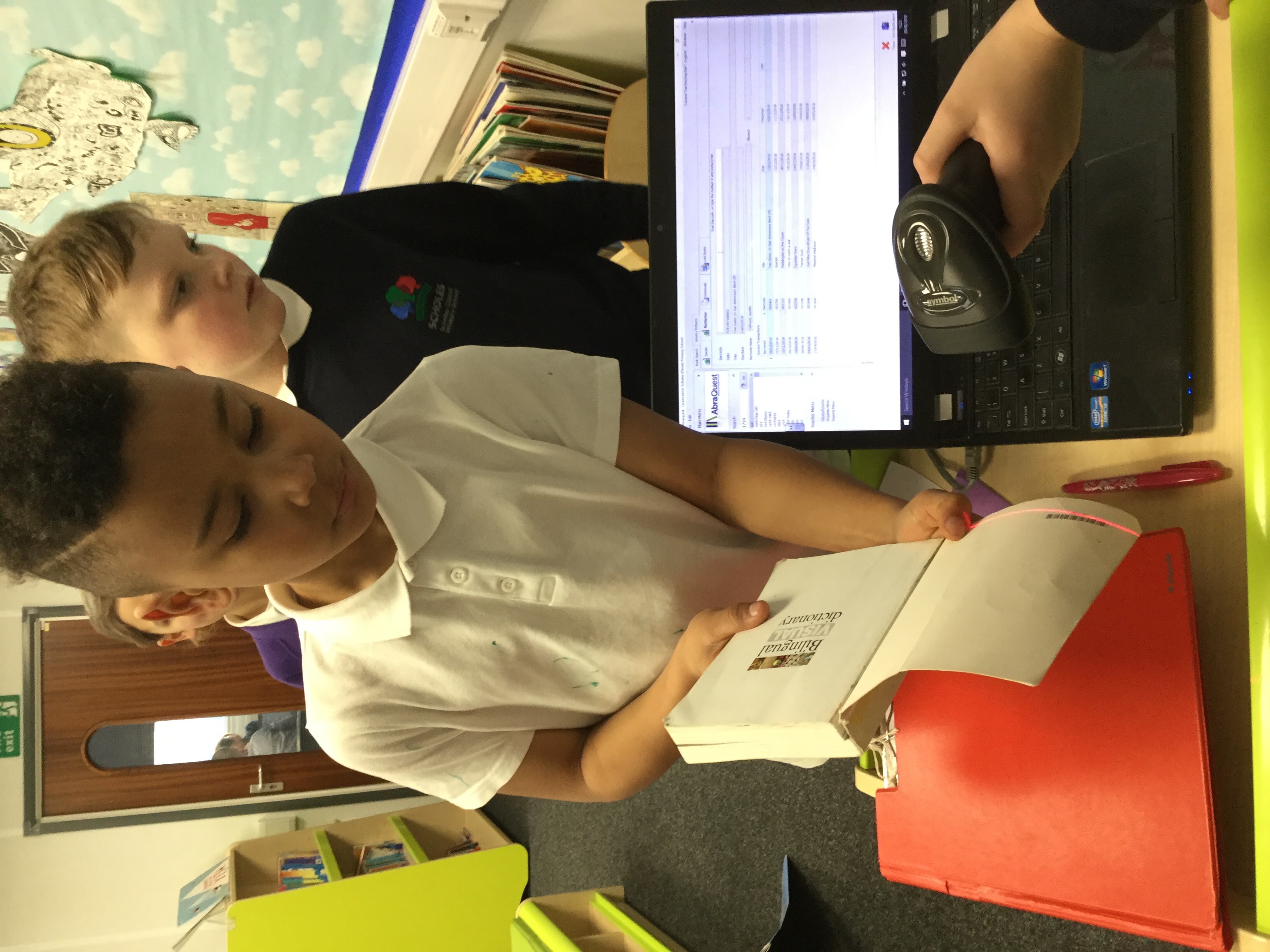
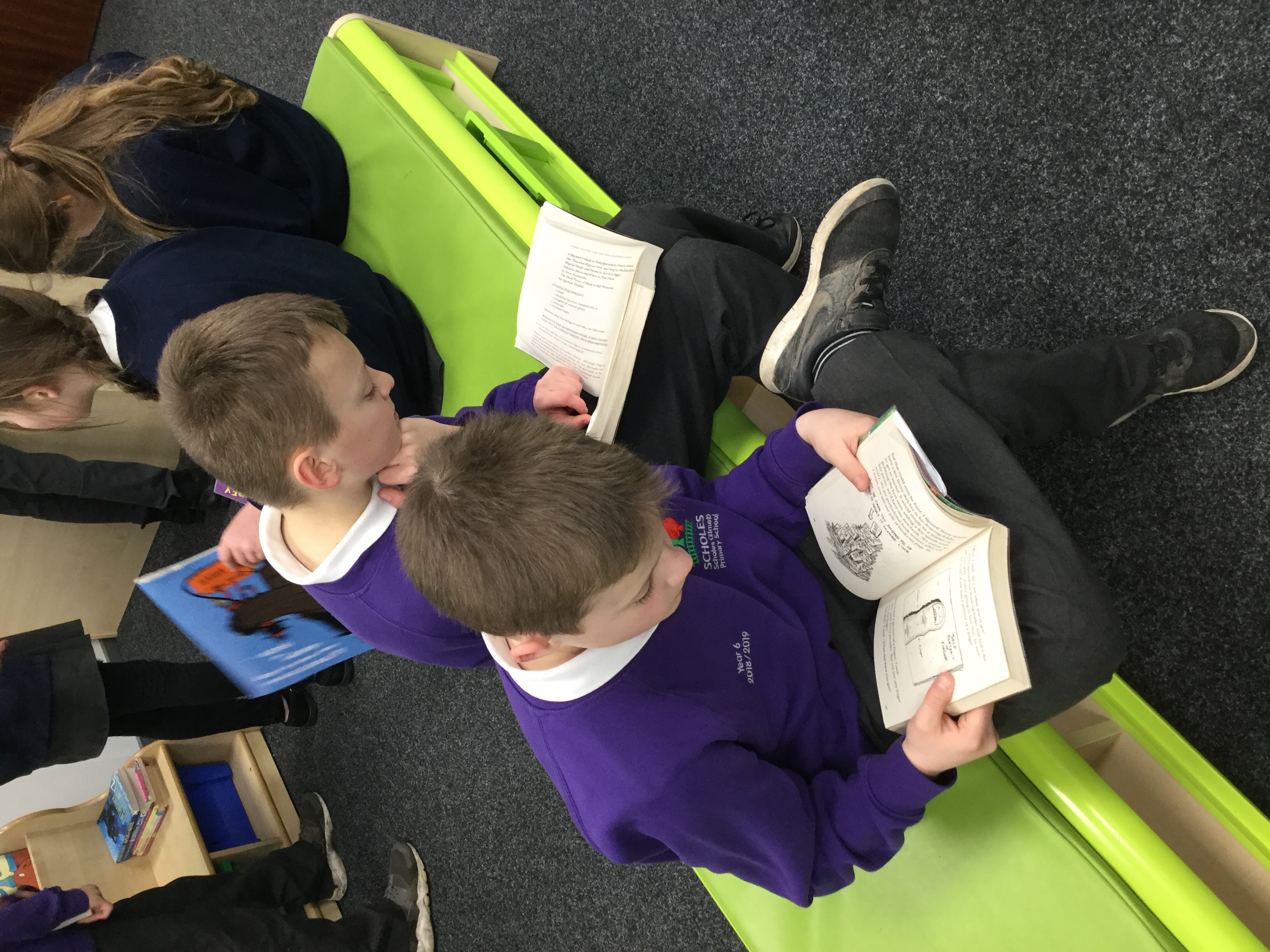
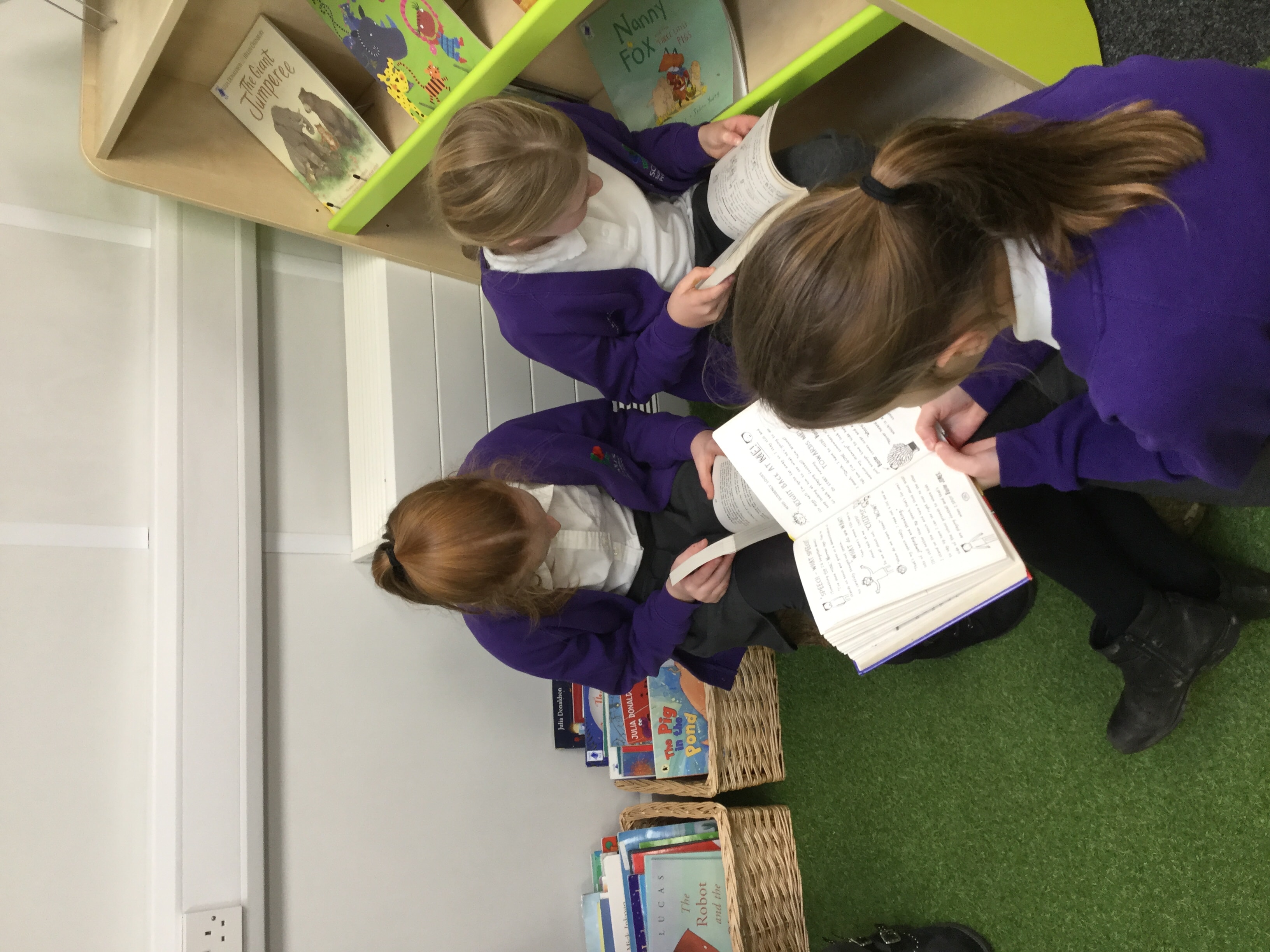
“It’s a nice, colourful place to be”
“It’s got every book you need”
“I like that there’s lots of choice”
“The reading is a great place to relax and there are lots of books”
Each child in school is able to take a book home every week. Help at home by encouraging your child to do so.
Please remember that children in Year 5 and 6 should have their library book in school every Tuesday.
PE – rugby
In PE, we’ve been practising our rugby skills. A key skill in rugby is evasion (ask your child what this means). Today, we devised our own games to help us practise these skills.
Challenge your child be asking them to evaluate the games below using the APES acronym:
Is it active?
Is it purposeful?
Is it enjoyable?
Is it safe?
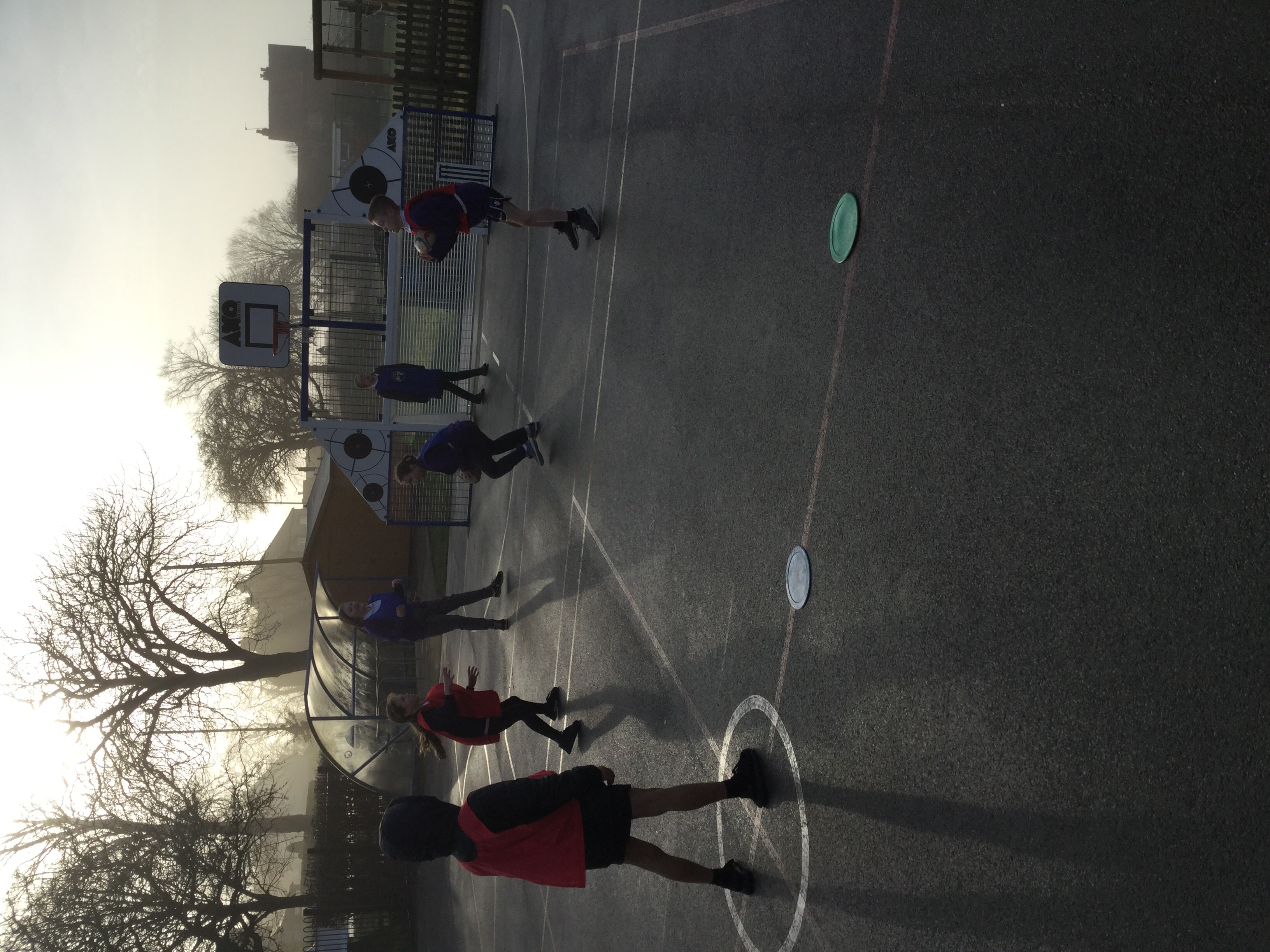
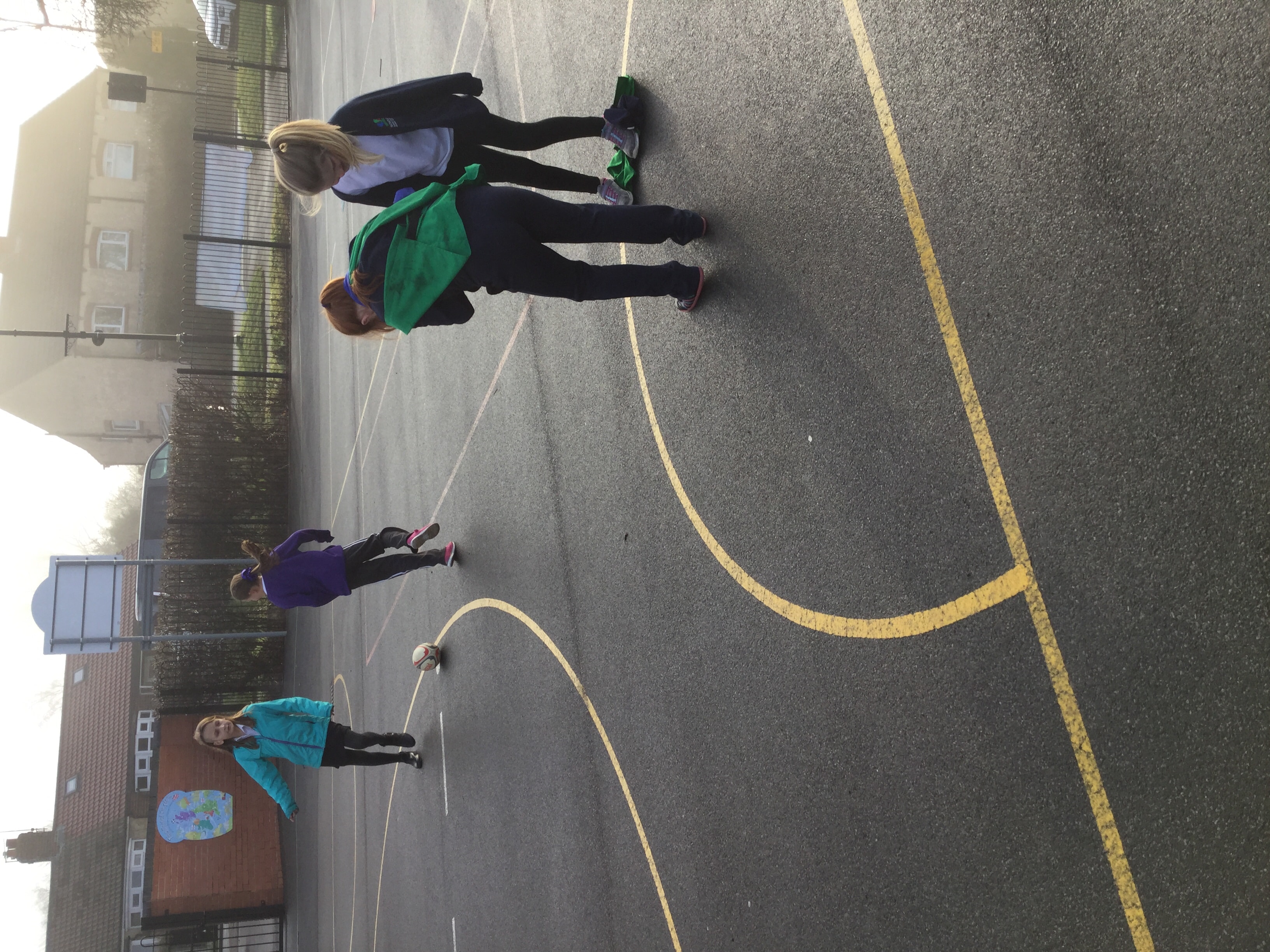
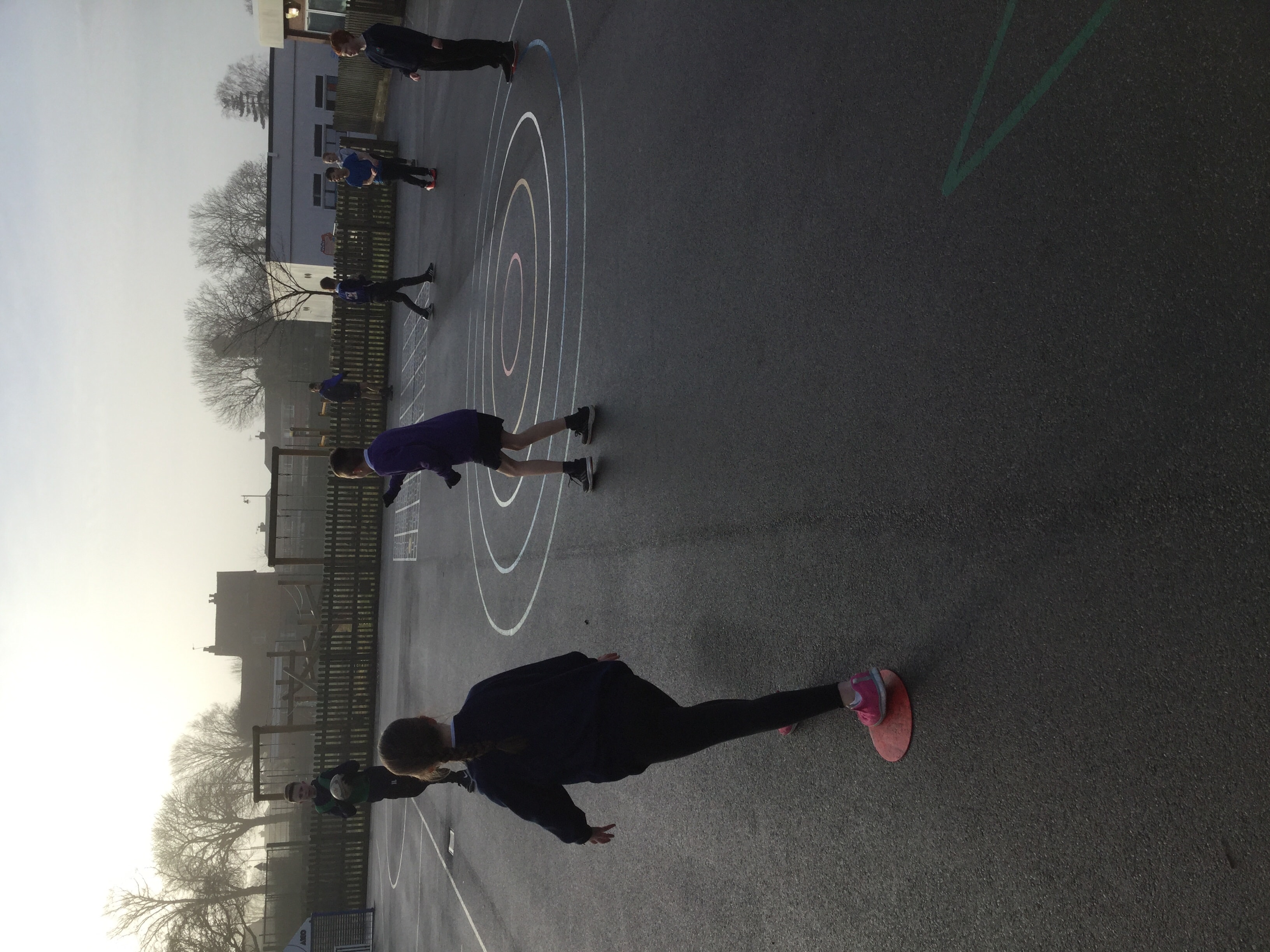
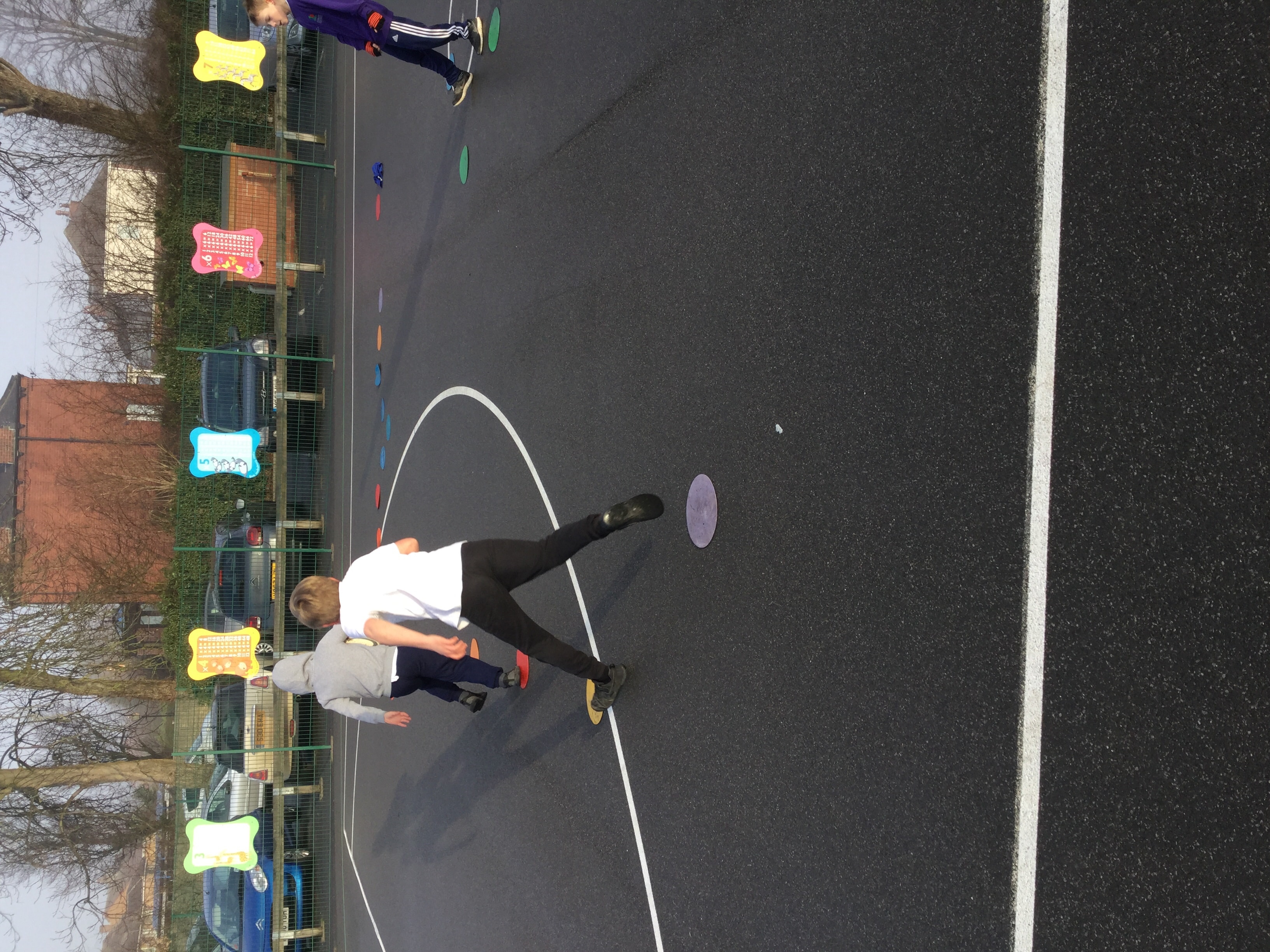
Living & Learning – Drug Safety
Today, we kick started our staying safe themed week by welcoming a visitor from D:Side (Drugs: support, information, drug education). They came to us to educate us about solvents and how they can be misused. Ask your child by asking them what a solvent is.
We started by learning about risk assessing. This is something we do all the time, often without realising. For example, when we decide not to touch a sharp object, we have risk assessed (and hopefully avoided injury).
Then, we thought about some everyday objects and whether there was a risk associated with them. We learnt that even things we may use (like nail varnish, paint, glue and aerosol deodorants) can be harmful to us if they’re used the wrong way. Ask your child what a safer alternative to an aerosol deodorant is.
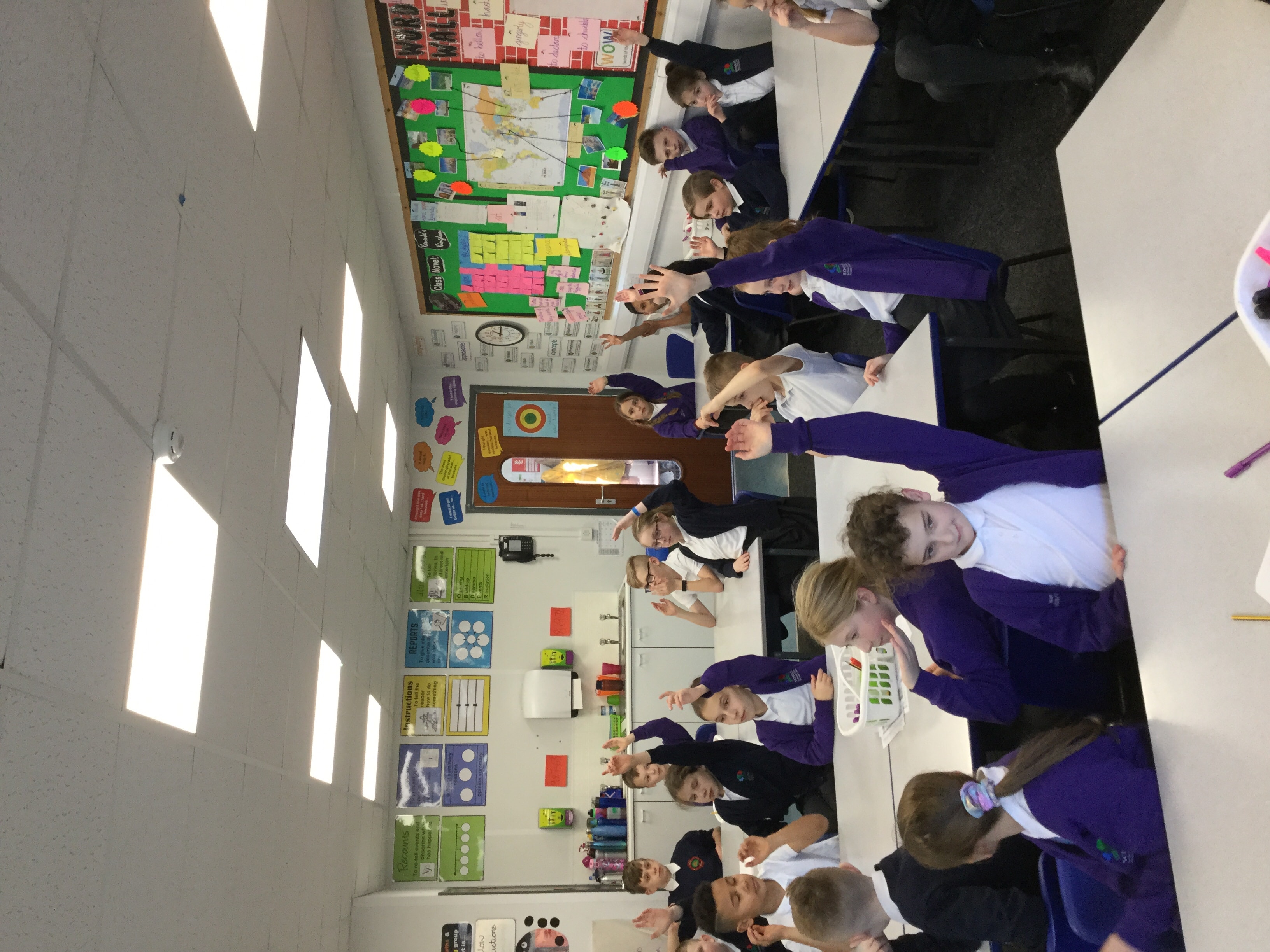
Importantly, we then learnt what these symbols (which we find on many products) mean…
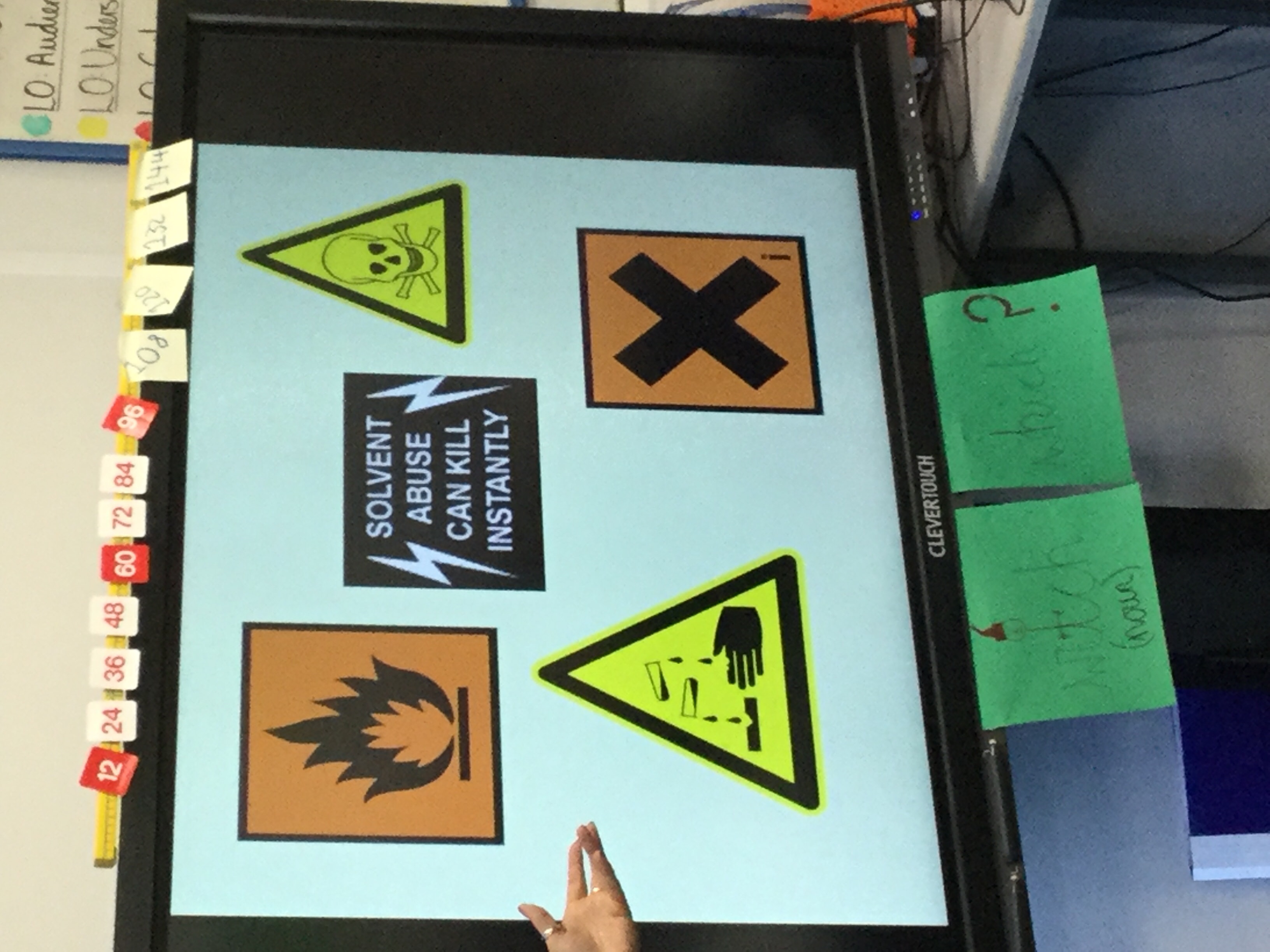
We looked at some real life examples, too.
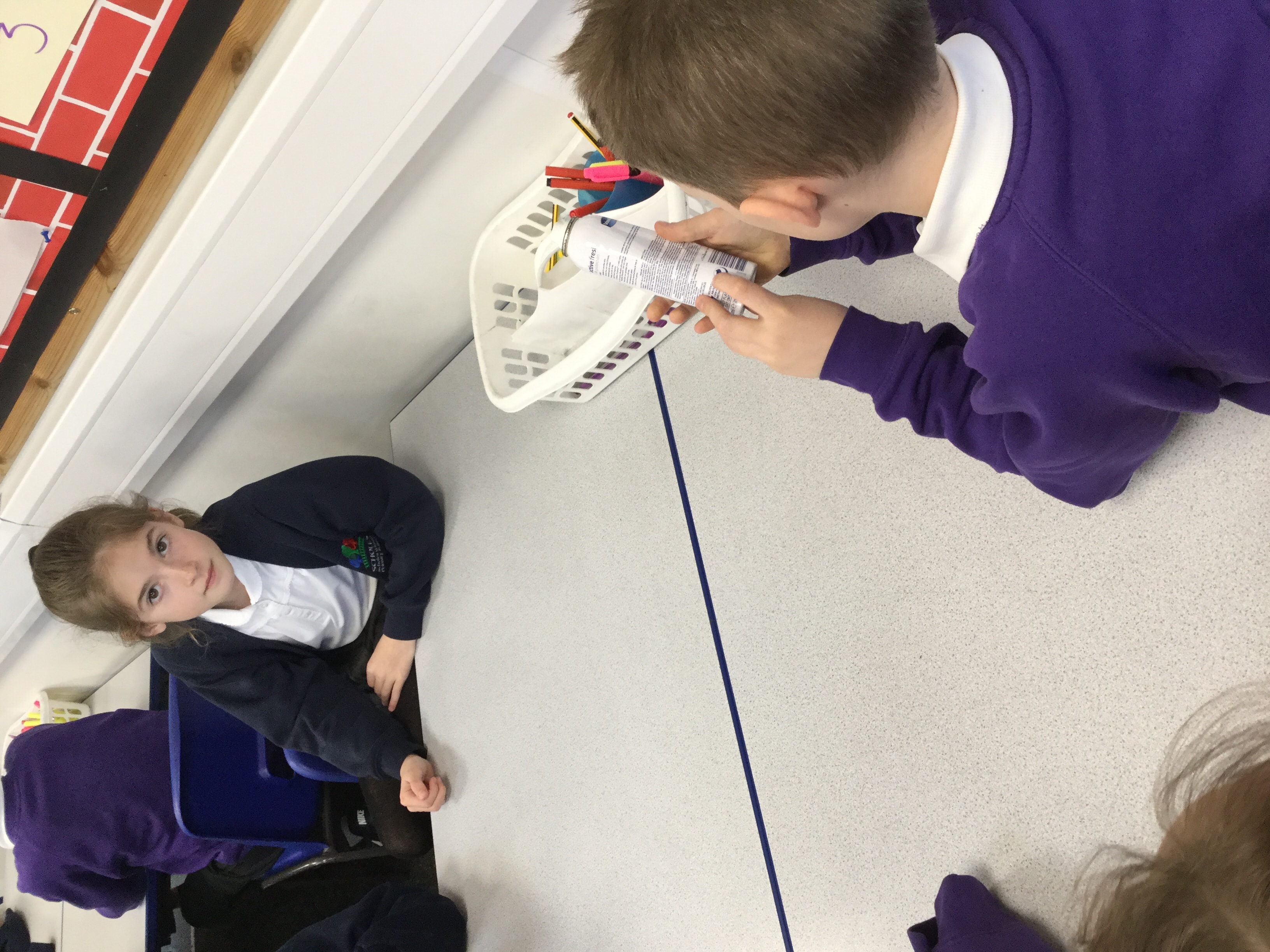
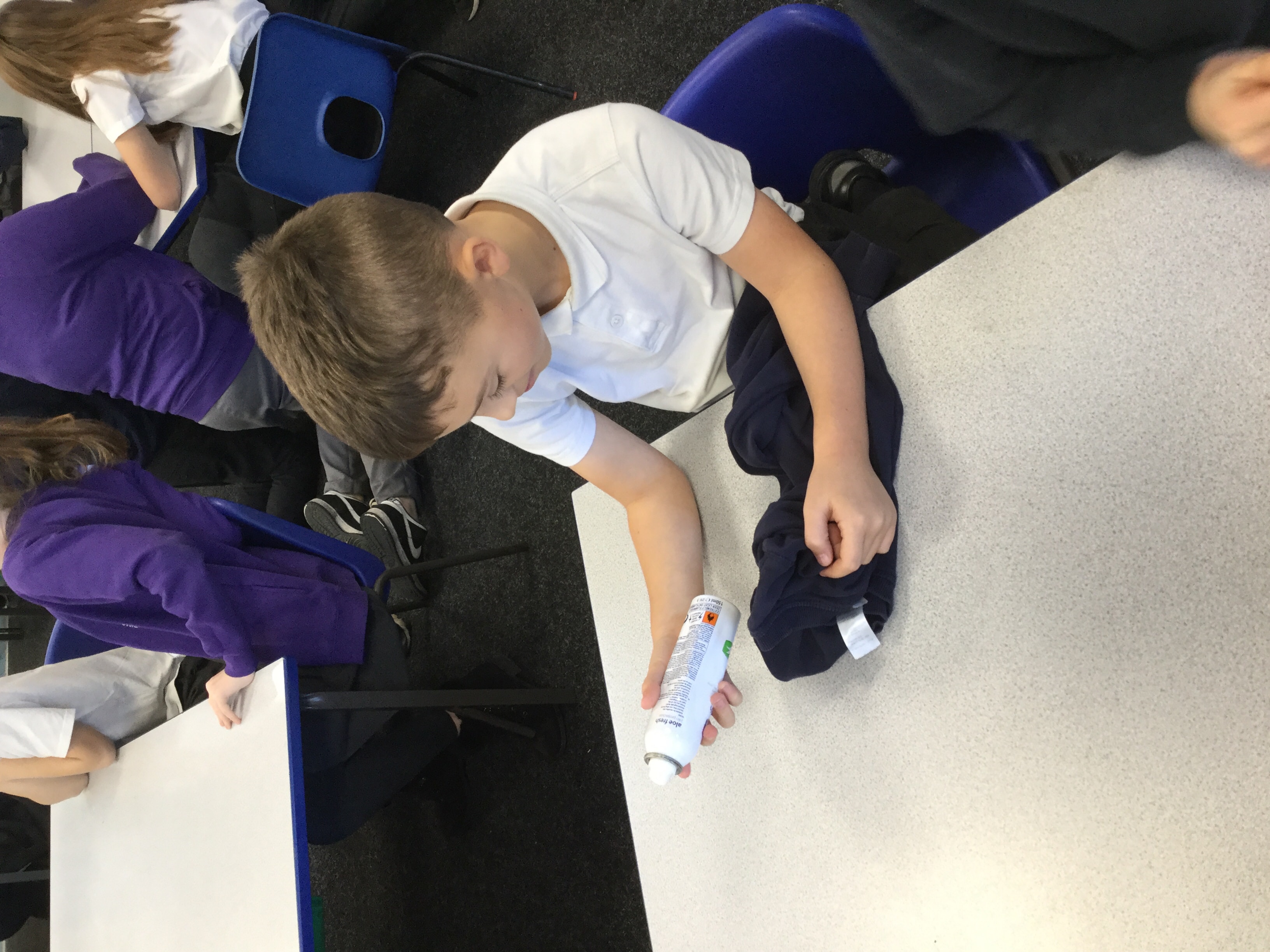
Challenge your child by asking them what each symbol means.







